Tíbet, Gran Festival de Oración
Tibetanos recientemente Monlam, o el Gran Festival de Oración, con oraciones, danzas rituales, los alimentos tradicionales y tapiz gigante-como pinturas. Étnicos tibetanos son el mantenimiento de su cultura tradicional, mientras que el cambio viene poco a poco su camino. Los funcionarios chinos han prohibido el festival en el pasado, y todavía desalentar la participación y el cambio será más pronto que llegan por ferrocarril, como el ferrocarril de Qinghai-Tíbet adecuado entre China y el Tíbet está prevista para tres años a partir de ahora. Funcionarios del gobierno chino se están preparando para posibles problemas en marzo, en el 50 aniversario del levantamiento tibetano de 1959, cuando el Dalai Lama huyó al exilio, y decenas de miles de tibetanos fueron asesinados. Los viajeros extranjeros han sido prohibidos en muchas partes del oeste de Tíbet, hasta finales de marzo. Varios retratos en la entrada de hoy vienen cortesía del fotógrafo Hugo Teixeira. (33 photos total)

Footprints carved in wood, which locals believe were made by a worshipper who prayed at the same spot for decades, are seen at a monastery near Tongren, Qinghai province February 5, 2009. Local Tibetan monks and pilgrims gather to celebrate Monlam, or Great Prayer Festival, one of the most important festivals in Tibetan Buddhism. (REUTERS/Reinhard Krause)
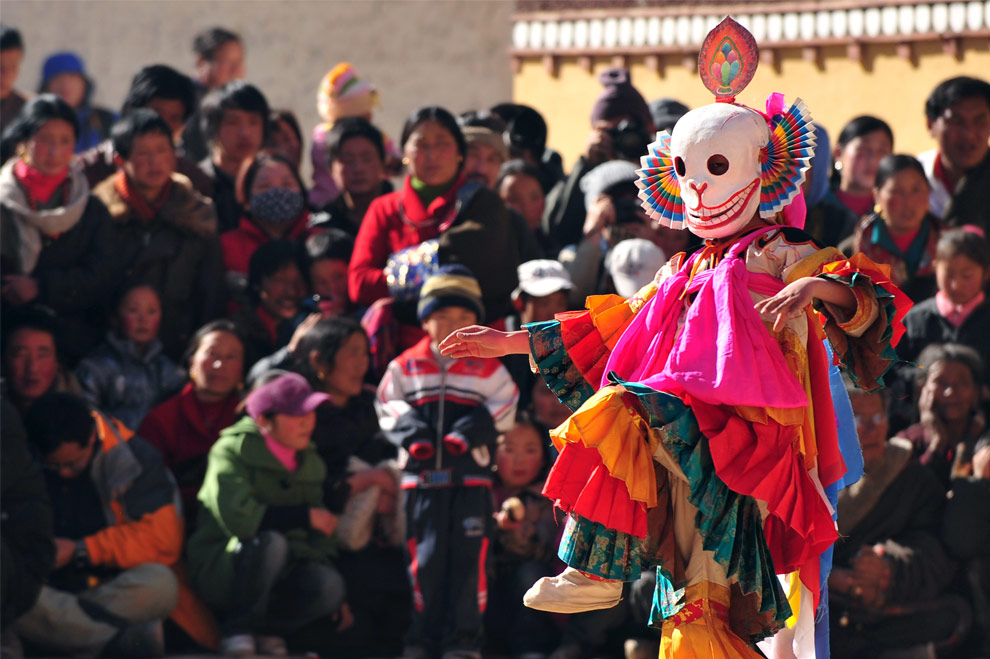
A crowd gathers to watch Cham Dances during ongoing festivities celebrating Monlam, or the Great Prayer Festival, at a temple in Repkong on February 5, 2009, in northwest China's Qinghai province on The Tibetan plateau. The Monlam festival was established in 1409 by Tsong Khapa, founder of the Geluk (Yellow Hat) tradition and is the greatest religious festival in Tibetan Buddhism where the performances of masked dancers, known as Cham, always attract a crowd. (FREDERIC J. BROWN/AFP/Getty Images) #
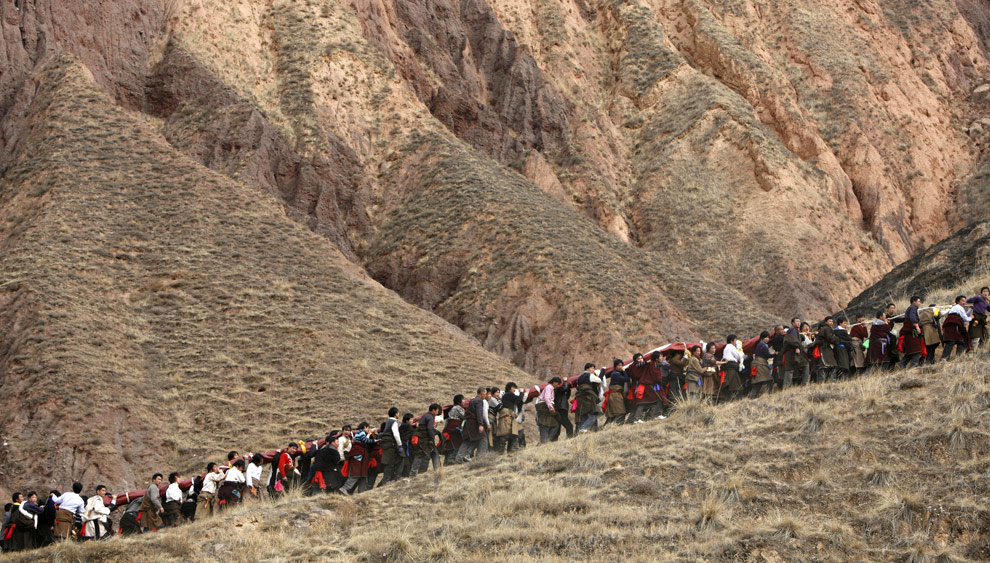
Lamas and Tibetan Buddhist pilgrims participate in the Buddha Thangka unfolding ceremony at the Wutun Shang Tibetan Buddhist monastery on January 30, 2009 in Tongren County of Qinghai Province, China. Thangka is a kind of Tibetan tapestry woven with gold or silk, usually with an embroidered image of Buddha on the surface. (China Photos/Getty Images) #

A pilgrim gestures in prayer while walking from stupa to stupa early in the morning at Sengeshong Monastery, also knwn as Wutun, during celebrations for the Monlam Festival on February 6, 2009 in Repkong, on the Tibetan plateau in northwest China's Qinghai province. (FREDERIC J. BROWN/AFP/Getty Images) #
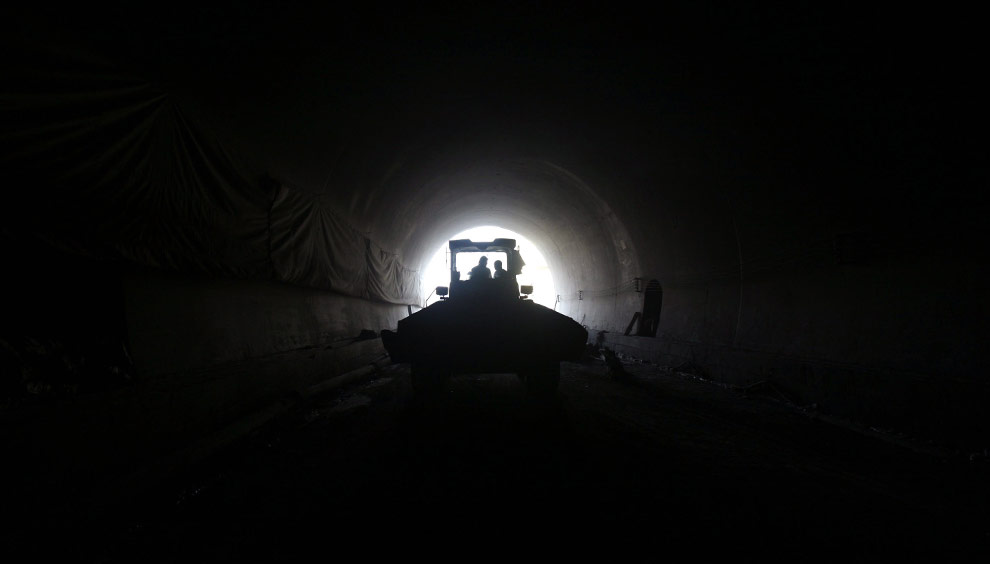
Workers drive a front loader inside the Xianghe Tunnel, where the second phase of the Qinghai-Tibet railway from Xining to Golmud runs, on January 11, 2009 in Huangyuan County of Qinghai Province, China. The section measures 286 km (approximately 177 miles) with an investment of over 1.54 billion U.S. dollars. The construction started in September 2007 and is scheduled to be finished in 2012. The Qinghai-Tibet railway is the first rail connection between China proper and Tibet. (China Photos/Getty Images) #
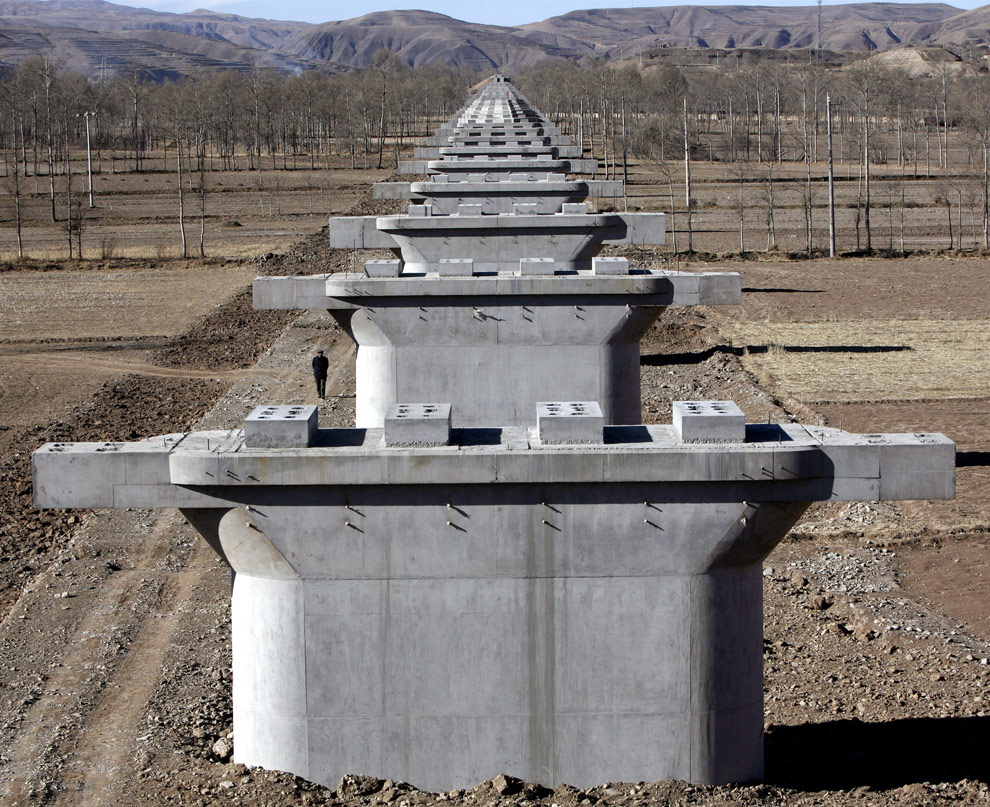
A farmer walks past piers of a viaduct at the construction site of second phase of the Qinghai-Tibet railway from Xining to Golmud on January 11, 2009 in Huangyuan County of Qinghai Province, China. The portion of the railway passing through Tanggula Pass will be the world's highest railway at 5,072 meters (16,640 feet) above sea level - rail cars have a built-in personal oxygen supply to avoid altitude sickness. (China Photos/Getty Images) #
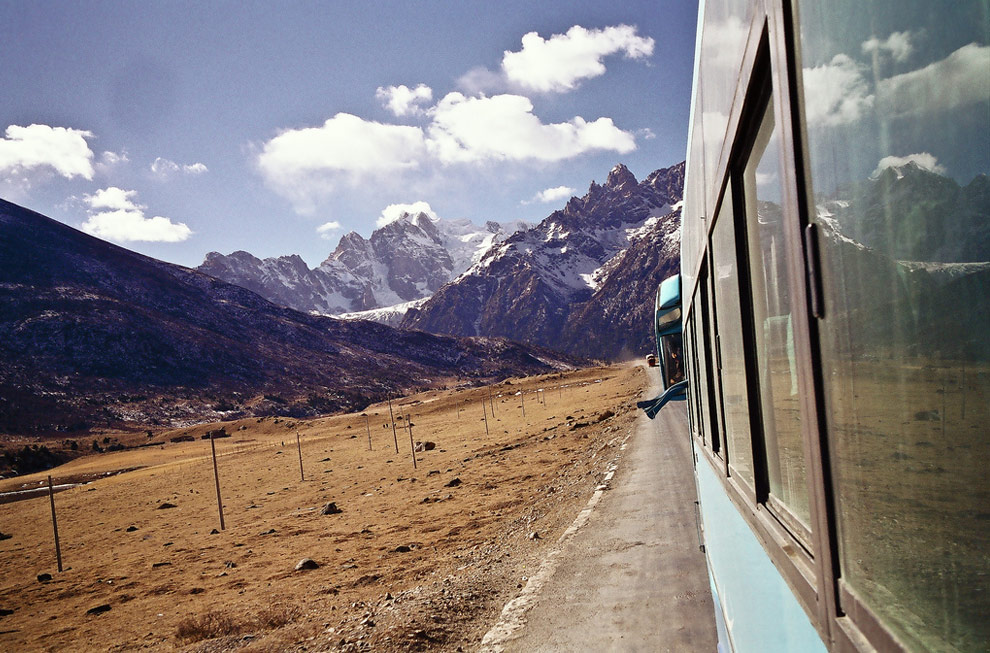
The view from a bus, Heading towards the 4,900-meter Tro La pass on the road to Derge, Tibet in late December, 2008. (© Hugo Teixeira) #
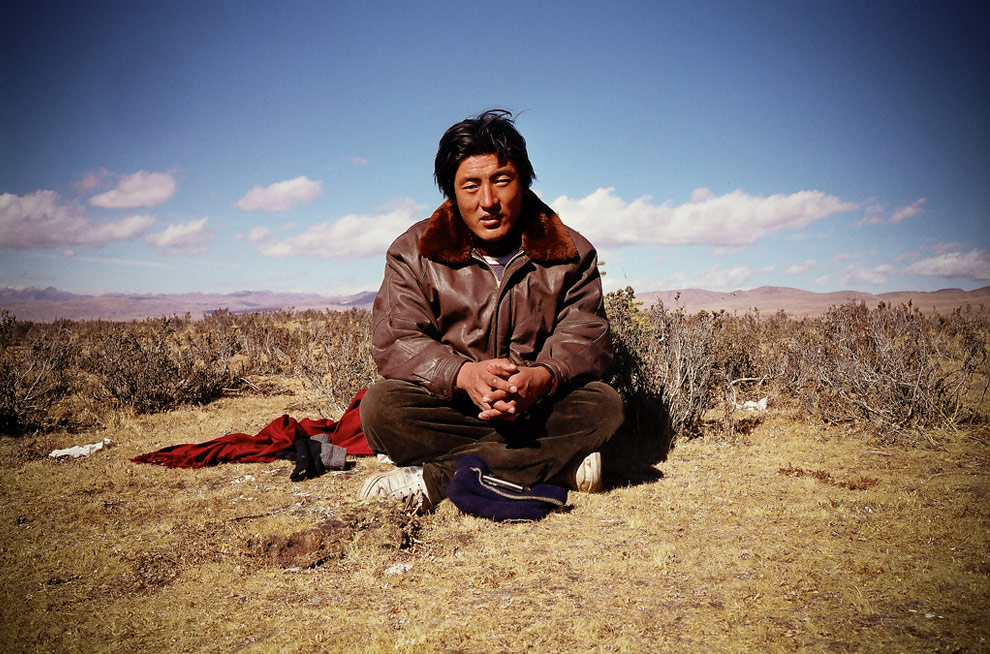
Lobsan, a local guide, sits in the hills south of Litang, Tibet in late December, 2008. (© Hugo Teixeira) #
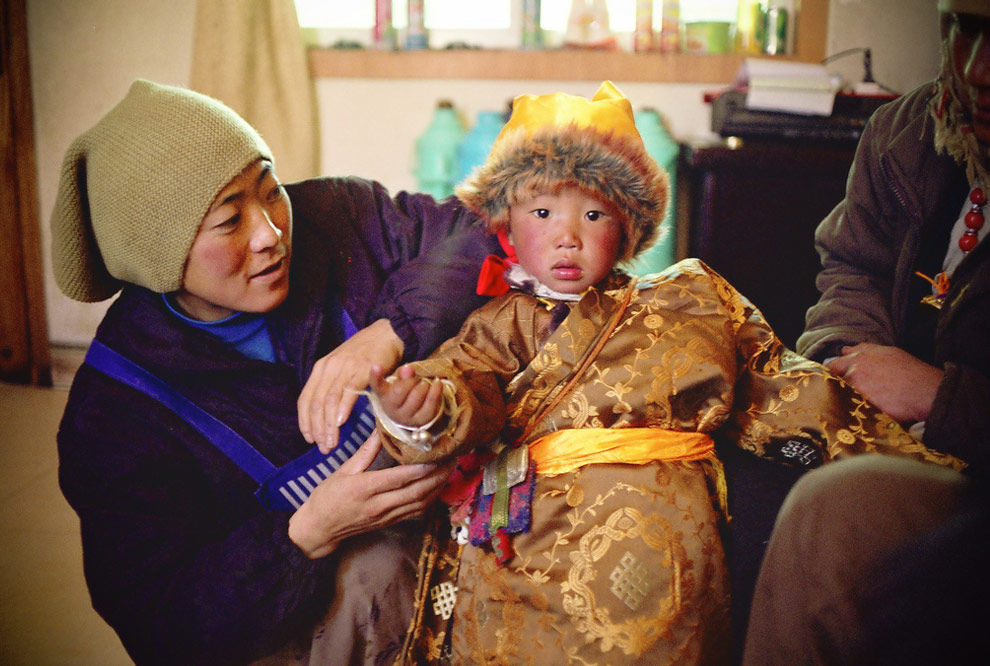
An Innkeeper's family at a guest house in Garze Autonomous Prefecture, Tibet, in December of 2008. (© Hugo Teixeira) #

Men and women crowd around sellers of valuable coral beads in Litang, Tibet in December, 2008. (© Hugo Teixeira) #


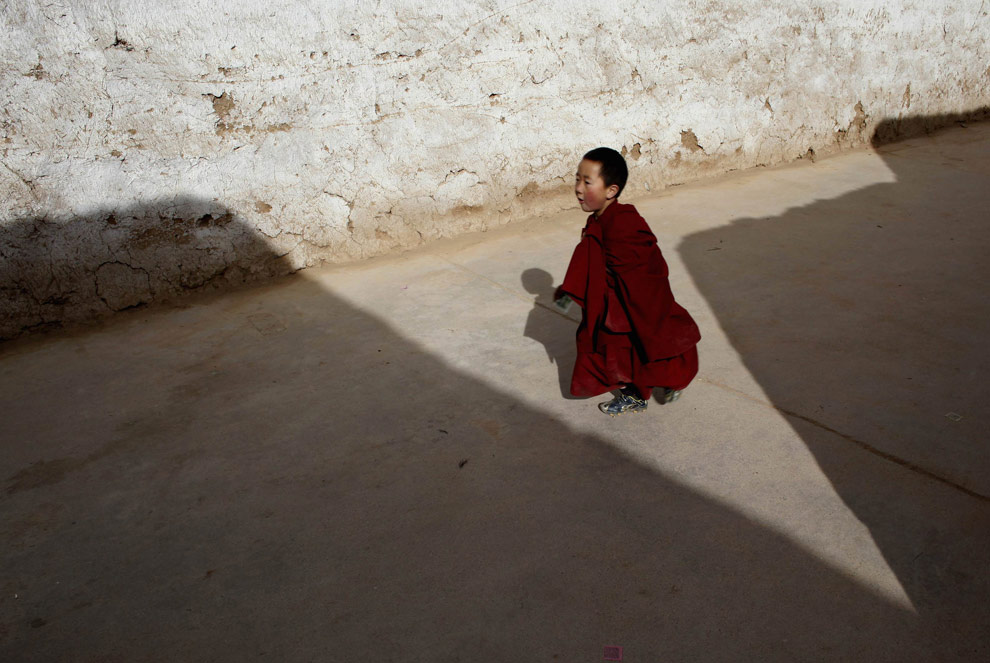

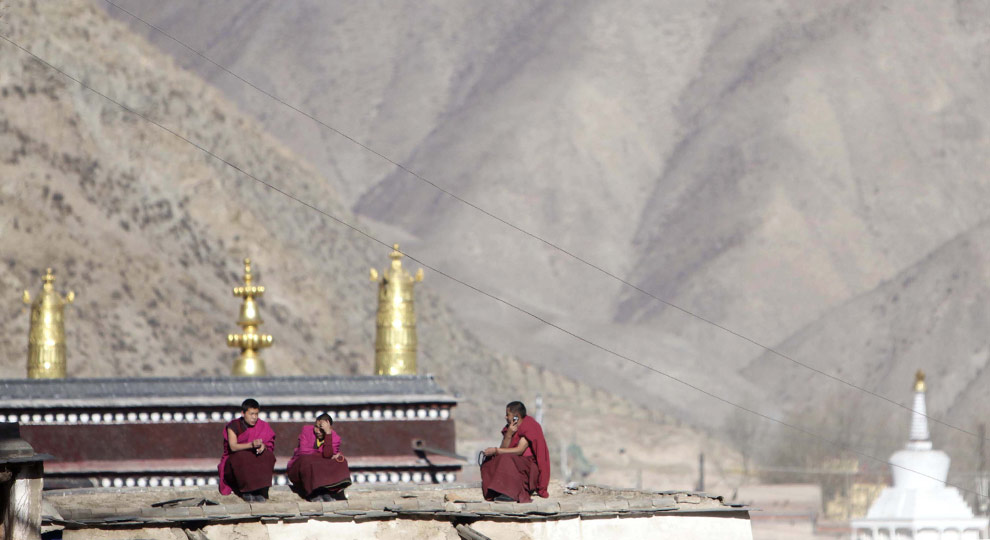
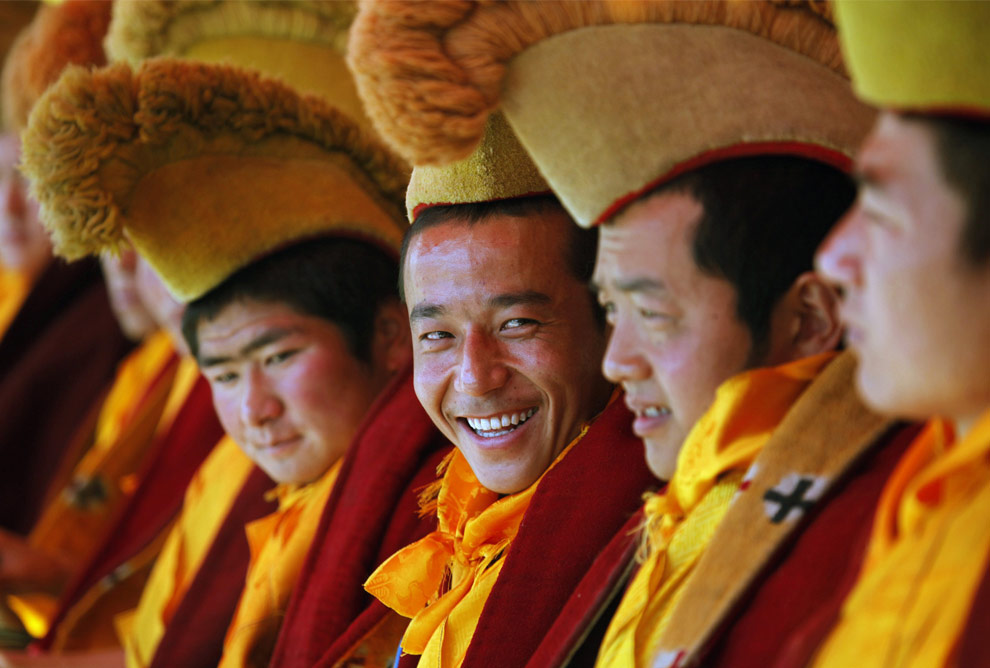

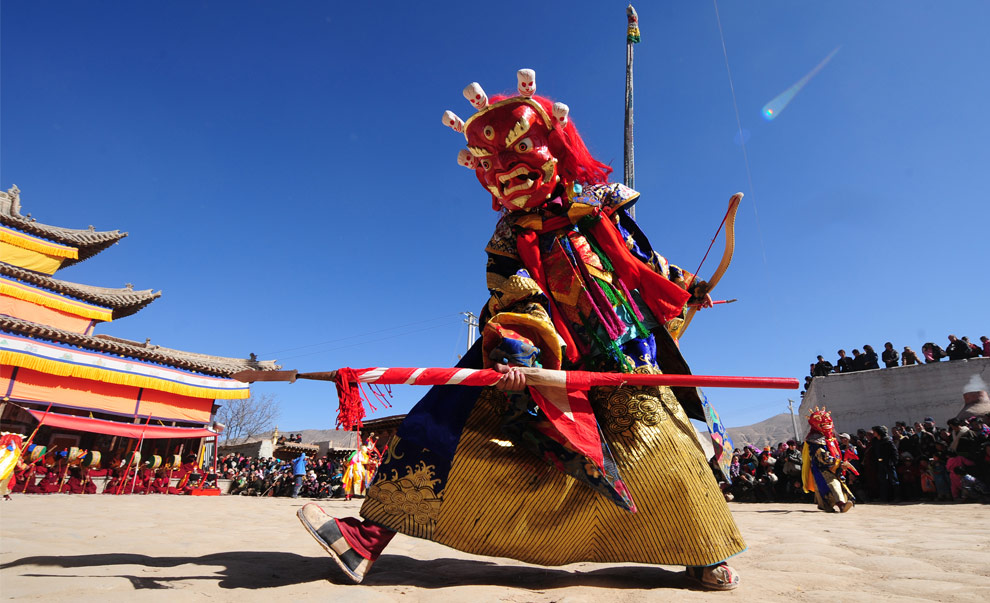
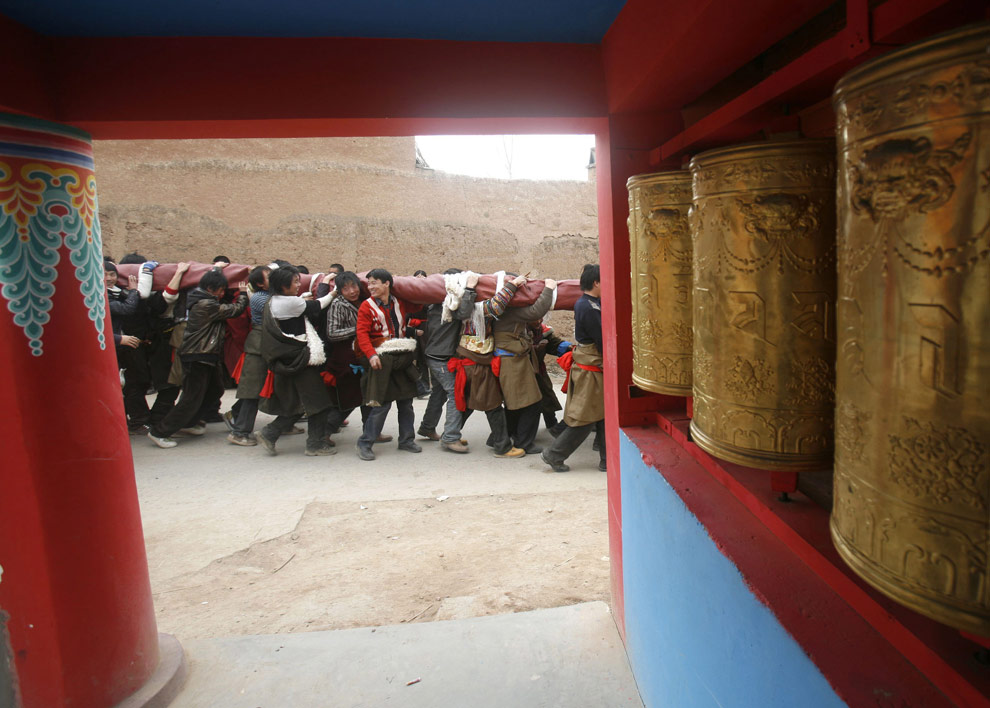

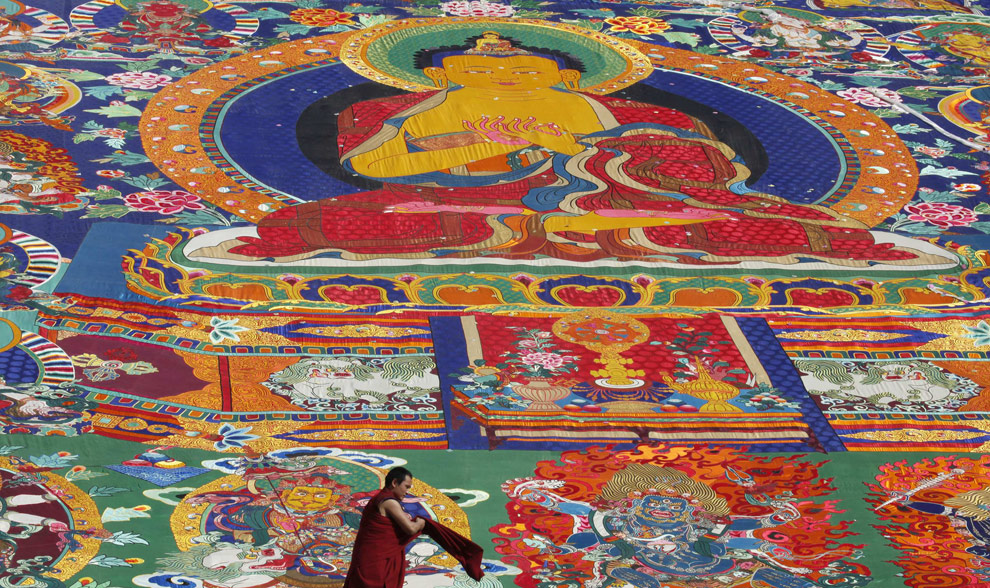
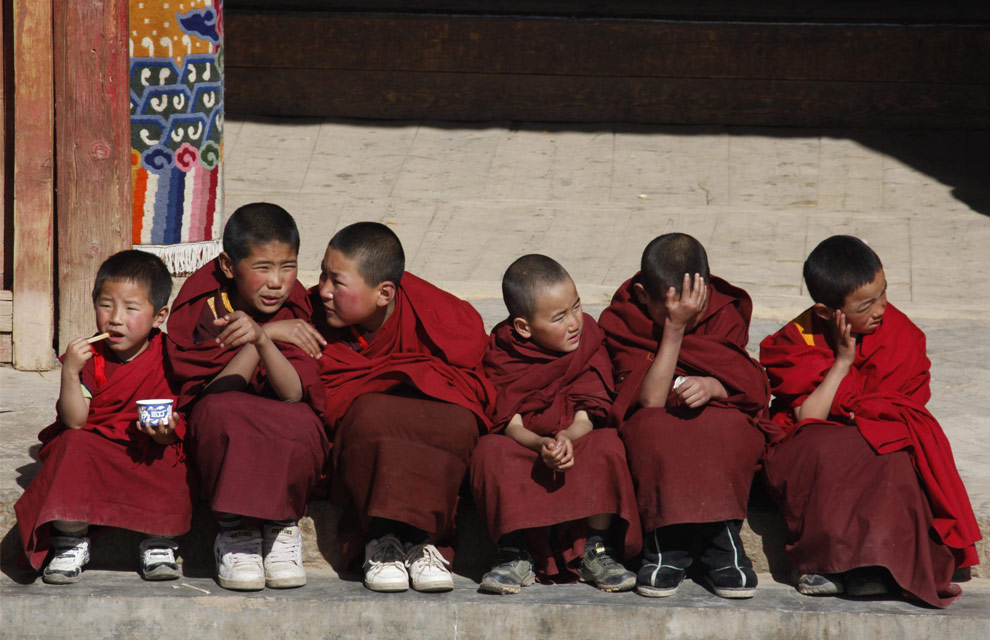
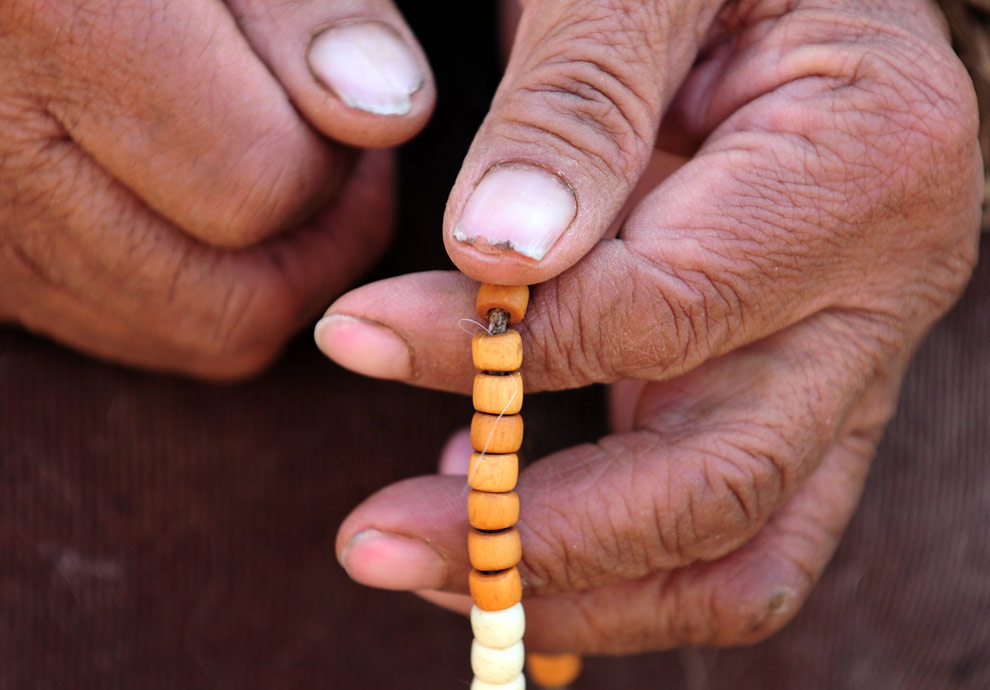
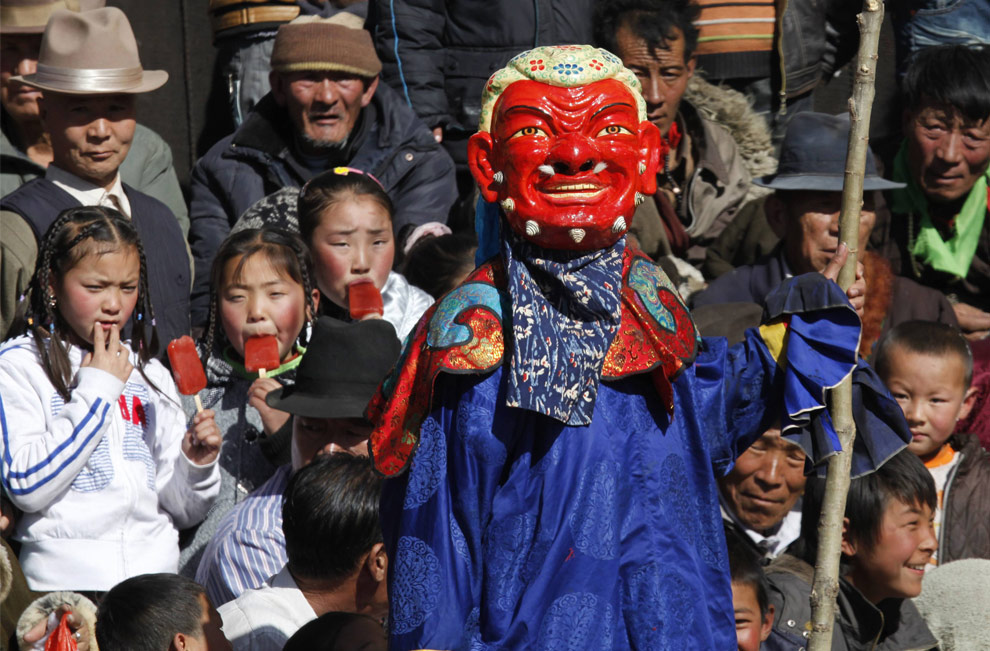

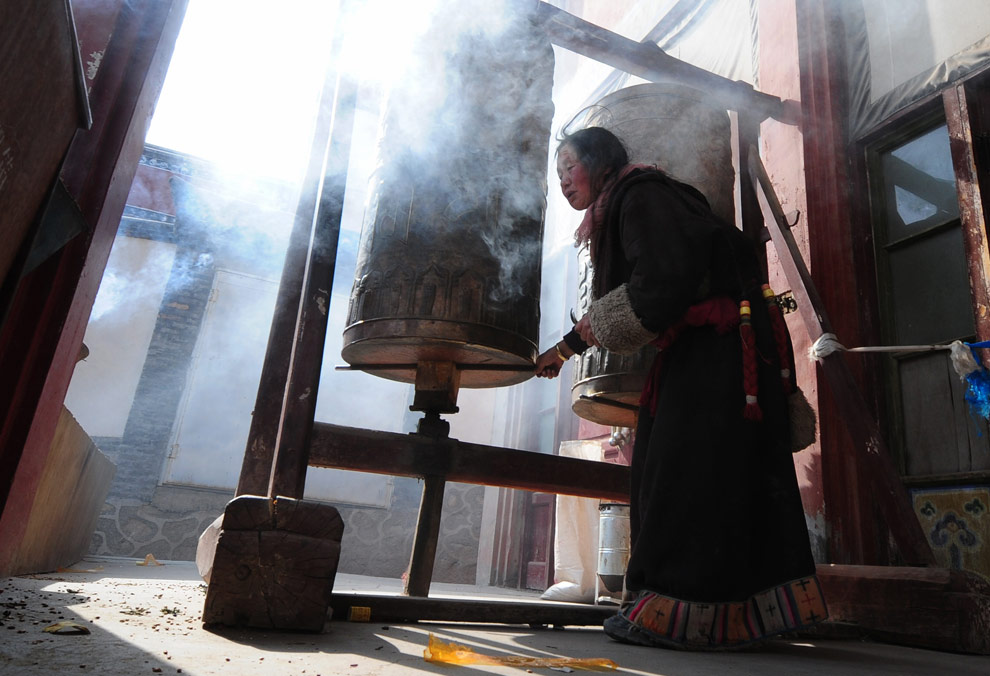
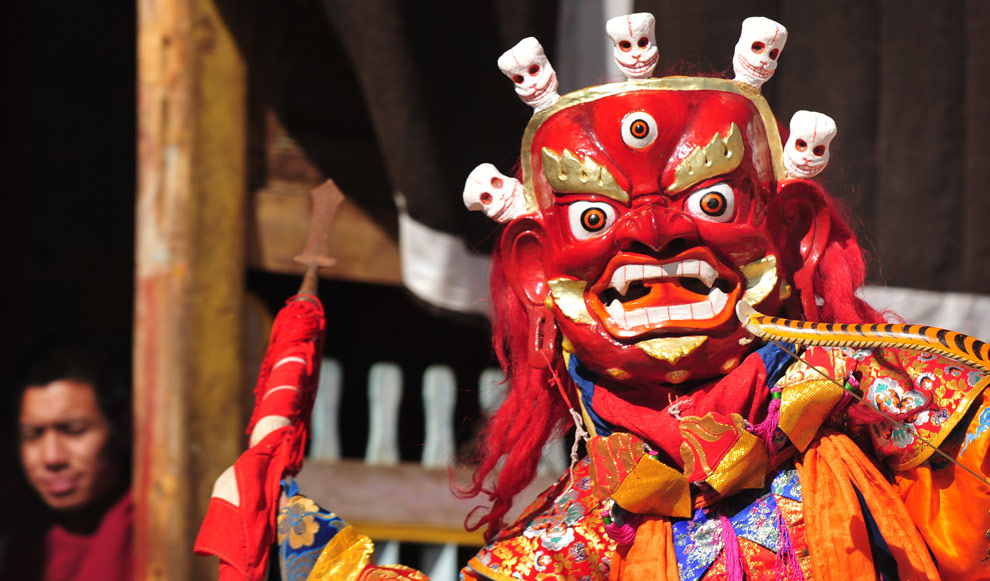
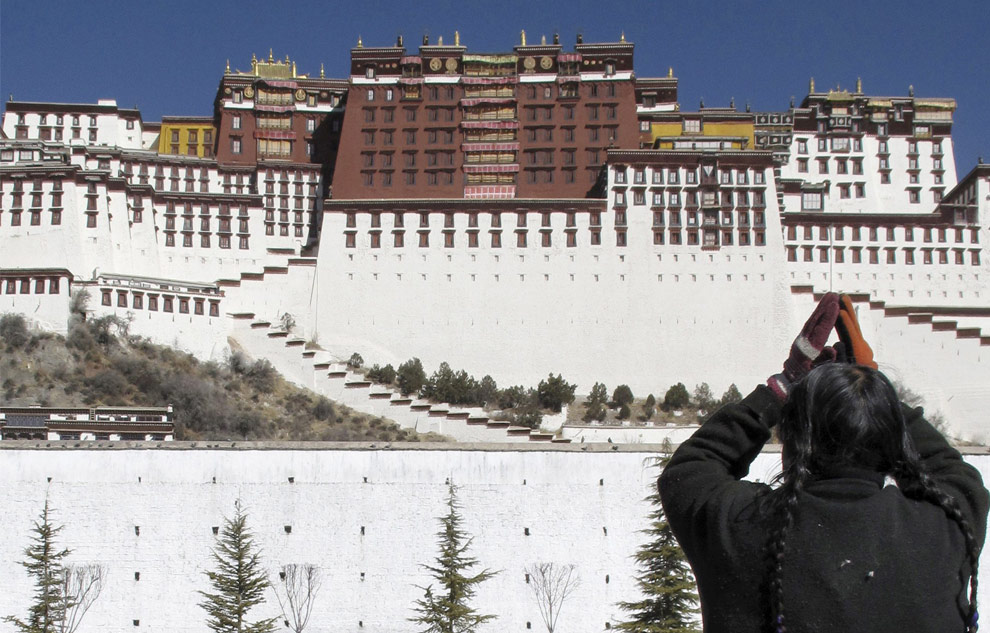
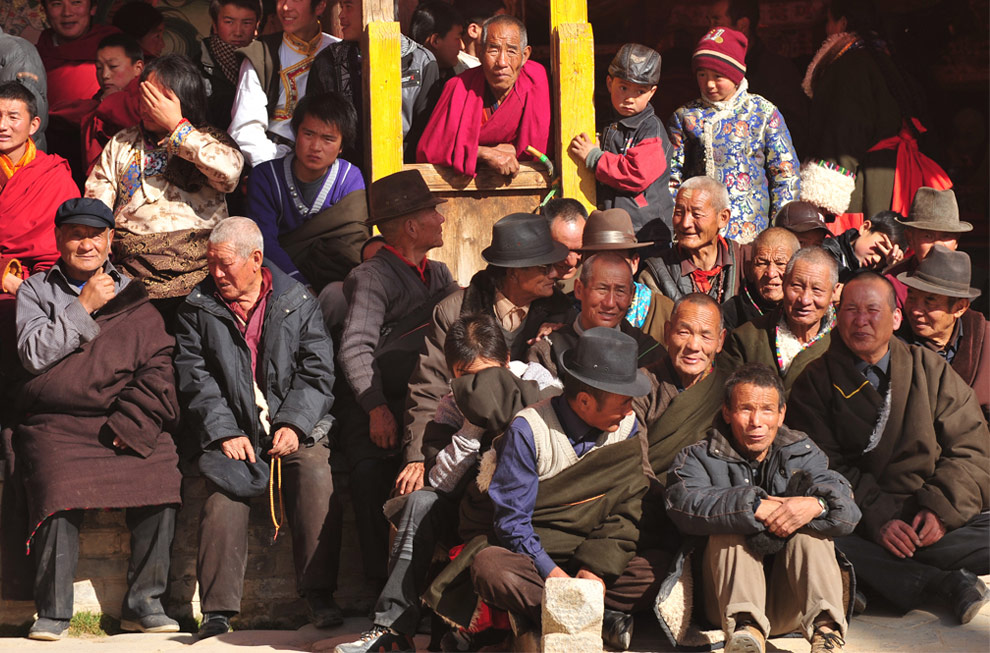
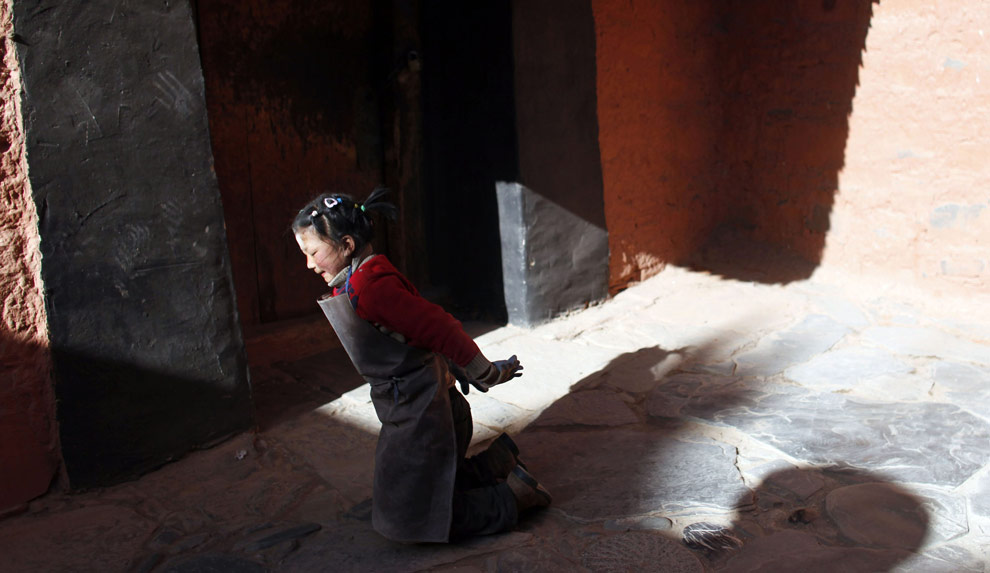


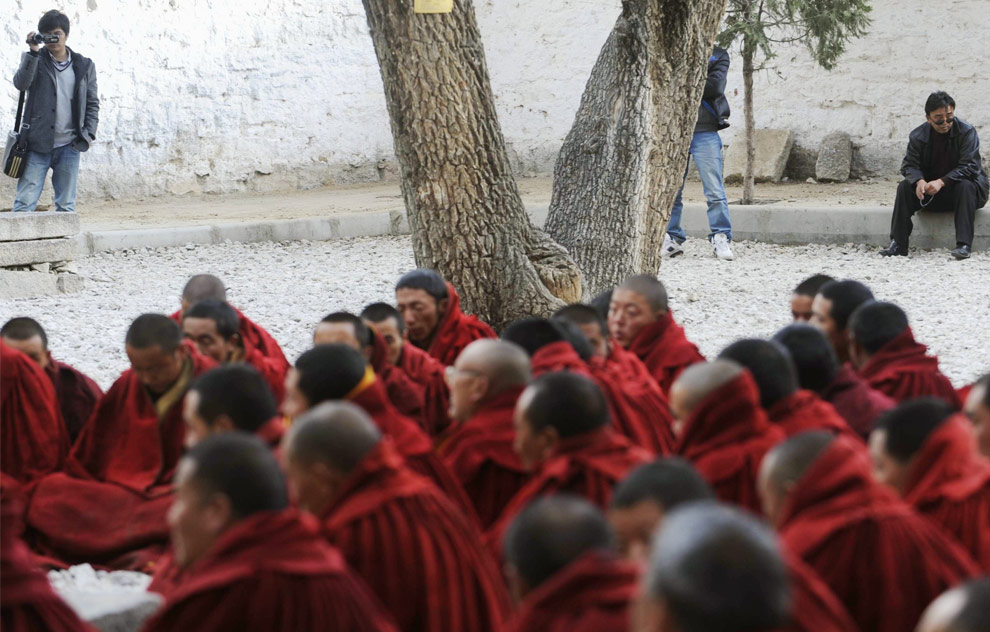




No hay comentarios:
Publicar un comentario